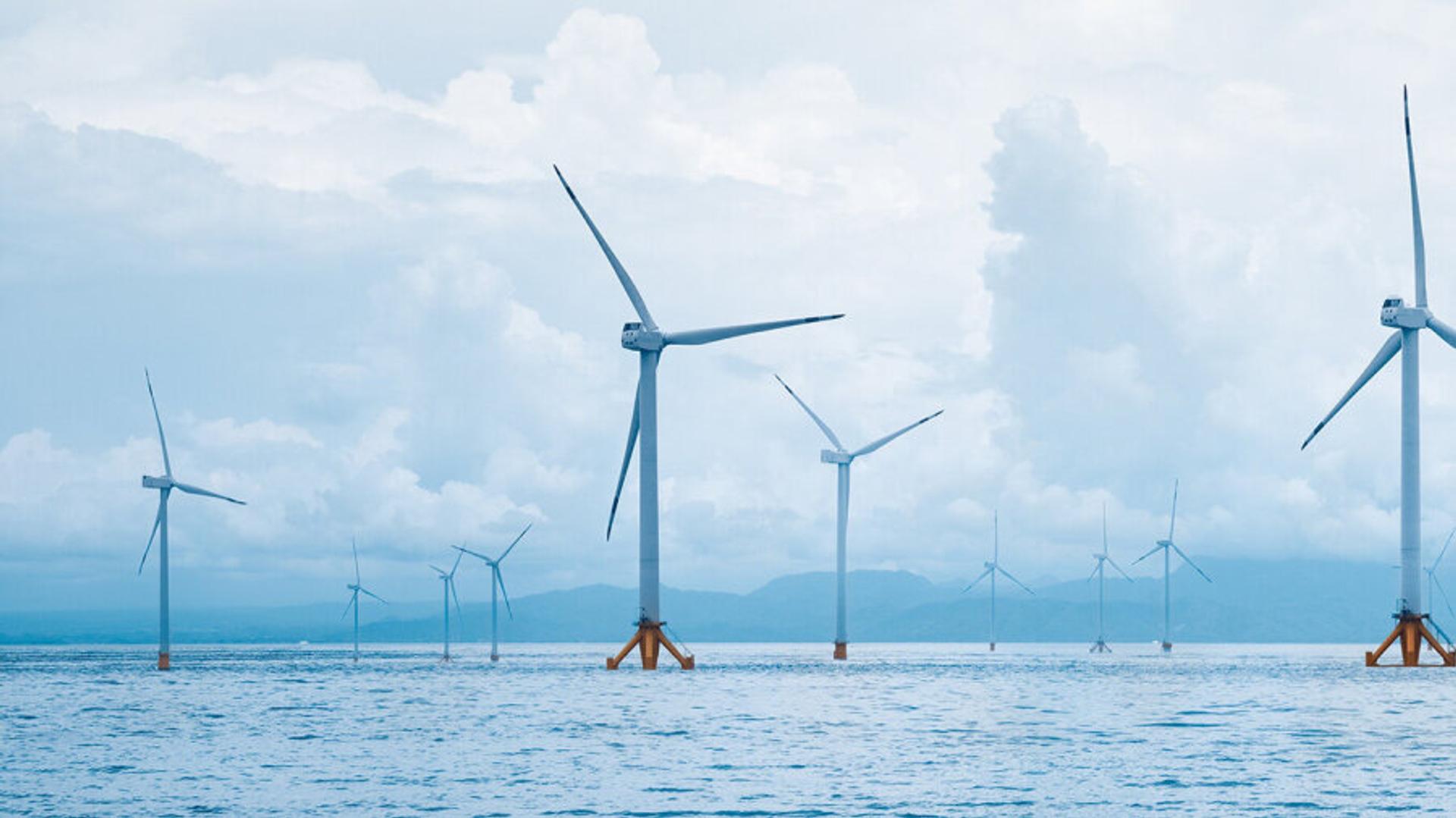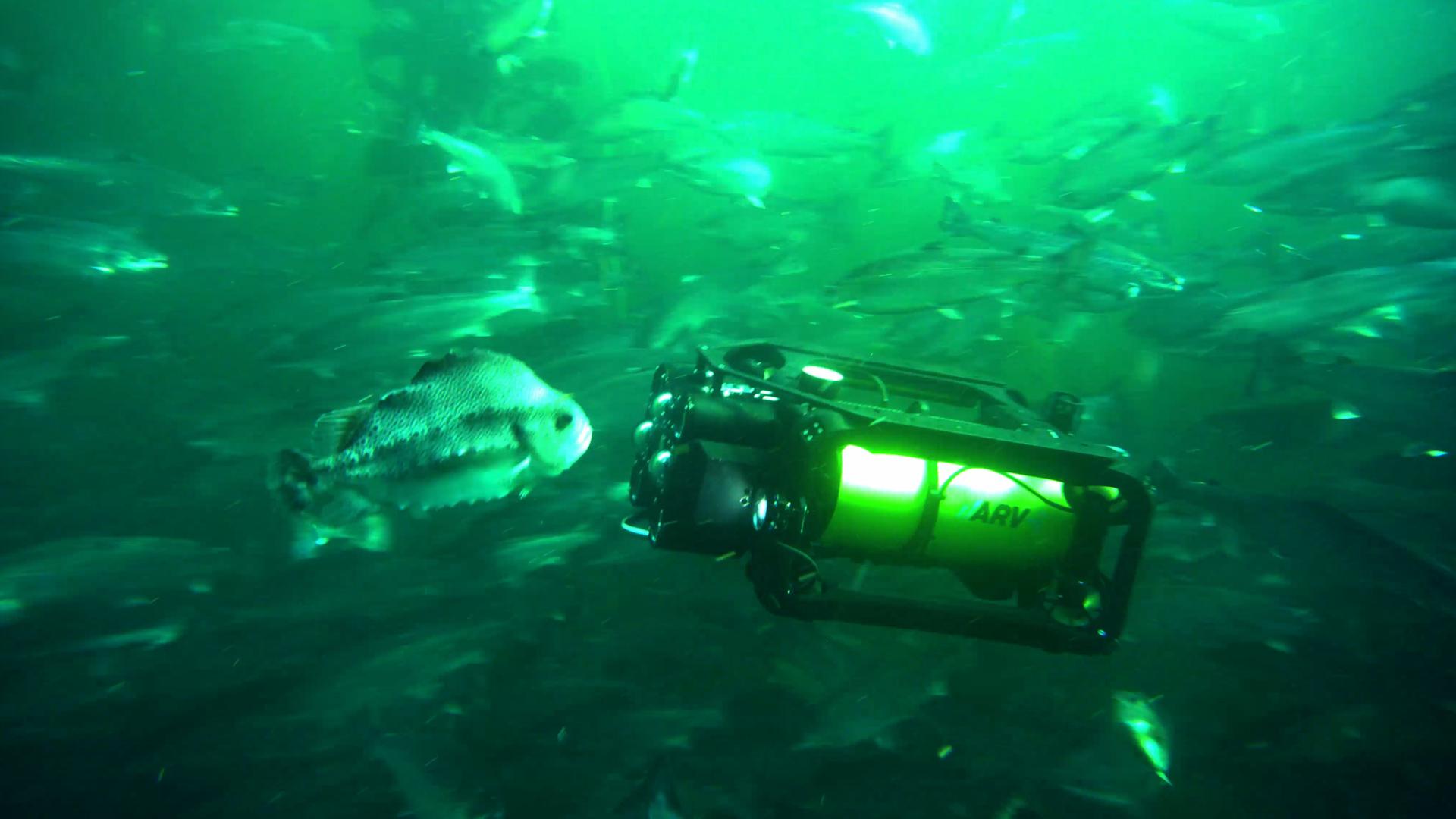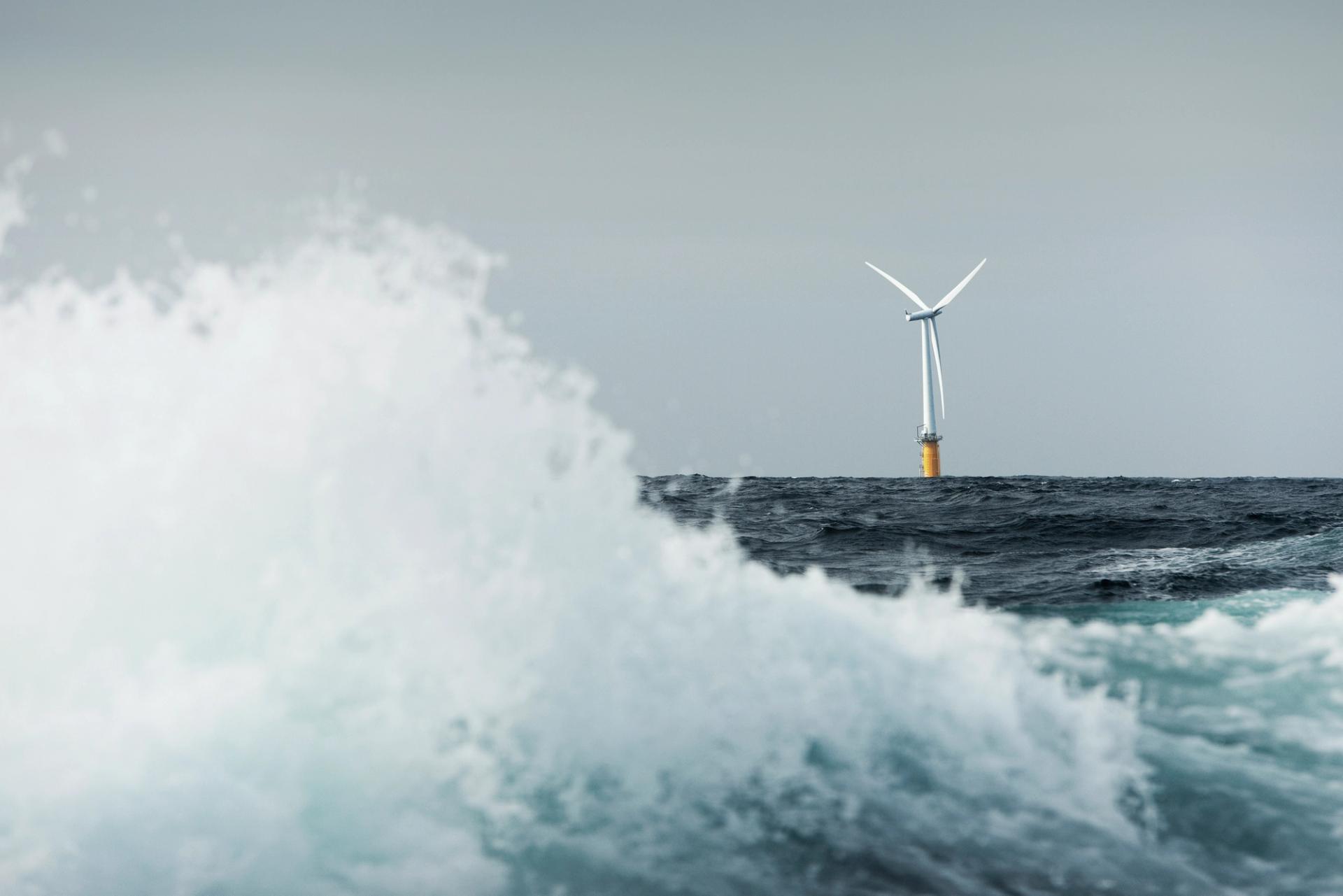Norway is a global frontrunner in offshore wind
Published 16 Oct 2022 (updated 27 Mar 2025) · 5 min read
Norway has launched the world’s largest floating wind farm, and Norwegian companies are heavily involved in the construction of wind farms around the globe.
Thanks to its extensive maritime and offshore expertise, Norway is uniquely positioned to take a sizeable share of this rapidly growing market.
Norway has a complete supply chain and highly skilled contractors across the entire process from planning to building offshore wind facilities.
Today, installed offshore wind capacity totals approximately 55 GW worldwide. To reach projected capacity in the future, the offshore wind industry may see fifty-fold growth over the next three decades.
The world needs rapid and comprehensive innovation, investment and expansion of offshore wind value chains. Norway has what it takes to get there, according to Arne Eik, Offshore Wind Project Director at Equinor.
“The technology and engineering behind offshore wind power has more in common with offshore expertise than with wind farms on land. In essence it’s about building and running big projects offshore, and everything that entails,” says Eik.
To reach climate neutrality, the European Commission estimates that European offshore wind must generate as much as 300 GW by 2050. Globally, the Ocean Renewable Energy Action Coalition sees 1 400 GW of offshore wind generation as a realistic target for 2050.
A new report by Menon Economics shows that floating offshore wind can be one of Norway’s biggest job creators in 2050. The report states that the industry surrounding floating offshore wind can alone create over 52 000 jobs by 2050.

Offshore wind built on offshore experience
Equinor is behind Hywind Tampen, the world’s largest floating offshore wind farm which consists of 11 turbines with a total capacity of 88 MW. Equinor now operates almost half of the world’s total capacity in floating wind.
Other Norwegian companies and industrial clusters are also leveraging their offshore expertise to position themselves in the global offshore wind market.
“There are a host of skills that are transferable from the offshore industry to offshore wind: floating foundations in harsh environments, mooring, anchoring and anchor lines, geotechnical surveys, maintenance, service vessels and everything in between,” Eik points out.
“Norway has highly skilled contractors across the whole process from planning to building offshore wind facilities. The Norwegian offshore wind industry has the potential to be competitive across the whole value chain, with the exception of turbine construction,” he says.

Giving Norway a competitive edge in offshore wind
Knut Erik Steen is director of wind at Norwegian Energy Partners (NORWEP), an organisation promoting the internationalisation of the Norwegian energy industry. He explains how Norway’s broad offshore expertise gives the country a competitive edge.
“Norway hosts lots of equipment manufacturers, marine operators, and service providers with excellent credentials in the fields of maritime and offshore installation and logistics. This includes companies like Axess, Cranemaster, DeepOcean, Kongstein, and Norsea Group.”
“In addition, contractors and system integrators like Nexans, 4Subsea, Aibel and Aker Solutions are world-class providers of cable systems and surveillance solutions for subsea installations,” adds Steen.
“The Norwegian offshore industry was running digital twins before the word even existed, while also being at the forefront of lifetime extension of maritime equipment.”

Norway: a pioneer in floating offshore wind (FOW)
Making the most of these competitive advantages, Norway has truly been a pioneer in floating offshore wind. The world’s first floating wind turbine, Hywind Demo, was installed here in 2009. In 2017, Equinor launched Hywind Scotland, the world’s first fully fledged floating wind farm.
Norway is also home to one of the world’s foremost testing facilities for floating wind solutions: Marine Energy Test Centre (METCentre).
“These projects have had a significant impact on the Norwegian offshore wind value chain. Our research and testing ecosystems, based around NTNU, SINTEF, the University of Bergen and METCentre, are very strong, giving actors across the entire offshore wind value chain opportunities to develop, test and scale their solutions,” Eik of Equinor says.
Strong position in fixed and floating wind
As for Equinor, the company is assuming a prominent position within both the fixed and floating wind markets. In the North Sea, the company is currently developing the world’s largest fixed-bottom offshore wind farm, Dogger Bank off the coast of England as well as the floating Hywind Tampen wind farm off the coast of Norway.
“Our ambition with Hywind Tampen is to reap the benefits of scaling floating wind solutions, which is key to driving down costs. Compared to our first Hywind Demo project, we have already seen a 70 per cent drop in CAPEX per MW in Hywind Scotland. We expect a further 40 per cent reduction between Hywind Scotland and the 88-MW Hywind Tampen,” he says.
While cementing its position as a leader in floating offshore wind, Equinor is gaining ground in the fixed offshore wind segment as well.
“Through a joint venture with SSE Renewables and ENI, we are building the Dogger Bank wind farm, which will provide clean energy to 6 million homes in the UK. This makes it the world’s largest offshore wind farm of any type,” says Eik.
“We are also behind some of the most prestigious offshore wind projects in the US. Our goal is to be a leading company in the energy transition. As a global offshore wind major, we are building material offshore wind clusters on the US East Coast, the Baltic Sea and the North Sea.”
Securing Norway’s leading position in floating wind
Norwegian companies have led the field in floating offshore wind since its inception.
“For example, in building Hywind Scotland, 30 to 40 per cent of all work was done by Norwegian contractors – and that is taking into account that none of the turbines were made here,” says Eik.
However, as the market grows and floating wind solutions scale up globally, other players will inevitably gain ground.
Nevertheless, Norway may very well maintain its leading position. A recent report by consultancy firm Menon Economics states that it is possible for Norway to secure 20 per cent of the global floating wind market by 2050, particularly if the country introduces effective policy instruments and takes advantage of its early-mover position.
“I don’t think a 20 per cent share of the floating wind market is unrealistic,” says Eik.
“We’ve been working on floating offshore wind for more than 10 years and we have seen that significant cost reductions can be achieved through scale and experience, paving the way for floating wind to become fully commercialised,” he concludes.
